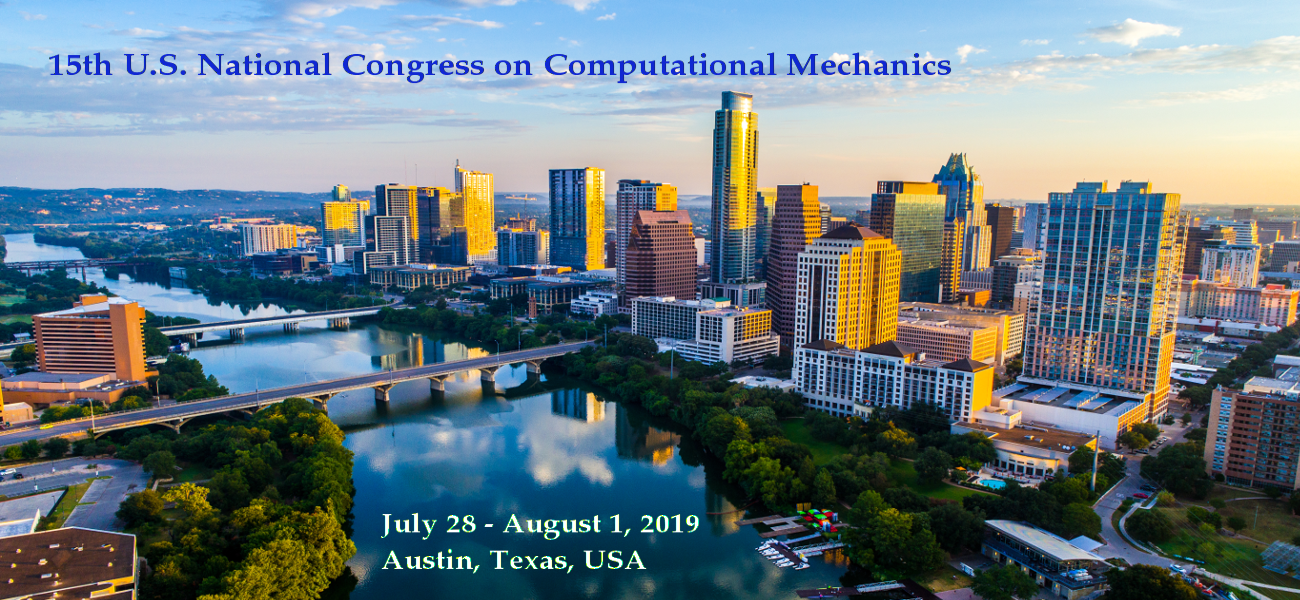Aravind Balan, NASA
Ajay Rangarajan, RWTH Aachen University
Despite the significant advancement in computational power in the recent decades, it is still too computationally expensive to perform high-fidelity fluid flow simulations around complex geometries.
One of the effective ways to decrease the cost, without compromising the accuracy, is to perform simulations on adapted meshes.
Mesh adaptation, however, is yet to be proven as a robust technology to be used in industrial settings.
The CFD Vision 2030 Study, conducted by NASA, has the goal of formulating a research strategy for developing a visionary CFD capability in the year 2030. The study identifies
that mesh generation and adaptivity will continue to be the significant bottlenecks in the CFD work flow. Addressing this bottleneck highlights the importance of continued research to improve the capability of mesh adaptivity to reach the CFD vision 2030 goals. The proposed mini symposium covers the theory and the application of unstructured mesh adaptation in the field of computational fluid dynamics.
The topics of interest include (but are not limited to) the following:
1. Feature-based or output-based adaptations
2. h-adaptation using low-order Finite Volume / Finite Element schemes
3. h-, p-, or hp-adaptation using high-order Discontinuous Gakerkin kind of schemes
4. Adaptations on low-order (linear) or high-order meshes
5. Metric-based adaptations for anisotropic meshes.







